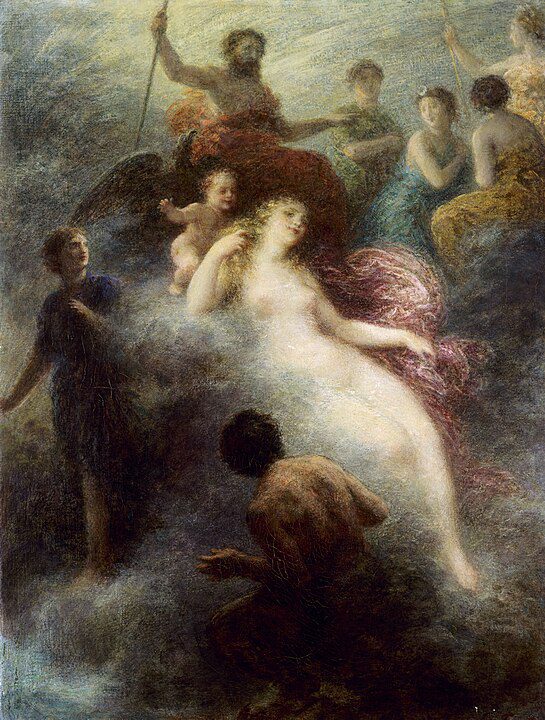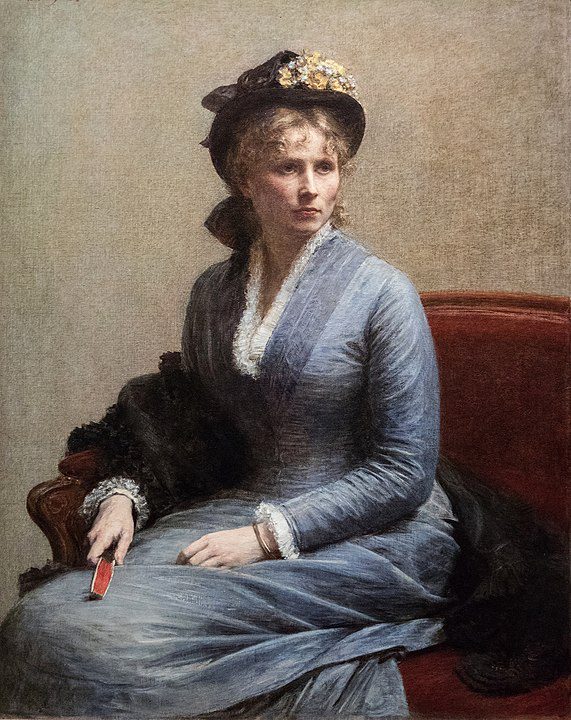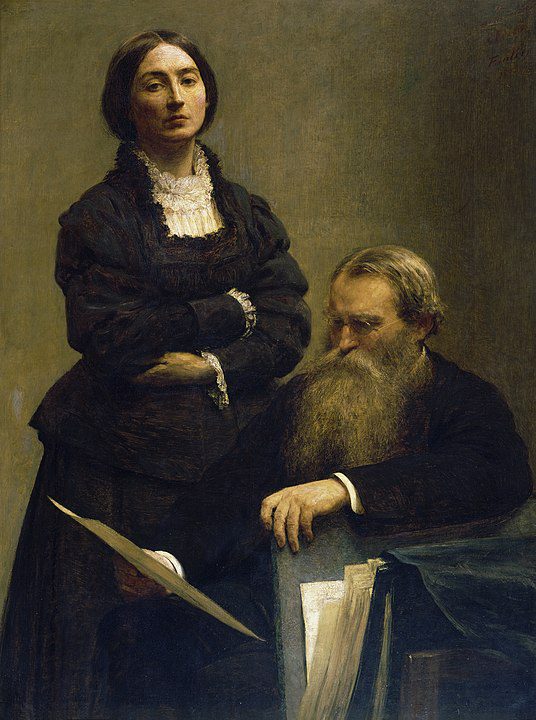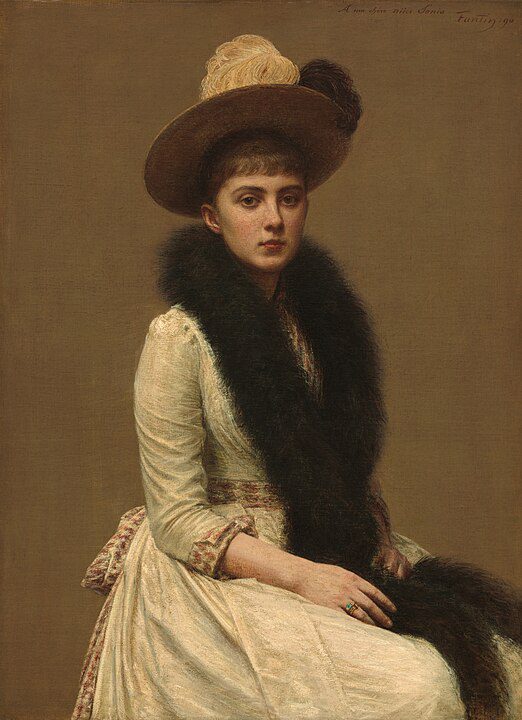
Henri Fantin-Latour, a French painter and lithographer celebrated for his still lifes and portraits, was born on January 14, 1836, in Grenoble, France. The son of a portraitist, Fantin-Latour’s early exposure to art laid the foundation for his future career. In 1850, he moved to Paris, where he immersed himself in the vibrant art scene and began his formal artistic training at the École des Beaux-Arts.
Fantin-Latour’s early works reflected the influence of the Realist movement, with an emphasis on precise observation and a commitment to portraying contemporary life. His friendship with fellow artists, including James McNeill Whistler and Édouard Manet, further enriched his artistic perspective. Despite the prevalence of Impressionism in the Parisian art scene, Fantin-Latour resisted aligning with any particular movement, maintaining a distinct artistic identity throughout his career.

Fantin-Latour’s breakthrough came in 1864 when he exhibited his painting “A Studio at Les Batignolles” at the Paris Salon. The composition featured a group of avant-garde artists, including Manet, Emile Zola, and others, signaling Fantin-Latour’s engagement with the evolving art world. The painting received attention for its unconventional subject matter and masterful execution, establishing Fantin-Latour as a significant figure in the Parisian art scene.
The artist’s prowess extended beyond portraiture to the genre of still life, where he demonstrated an exceptional ability to capture the beauty and nuances of objects. Fantin-Latour’s still lifes, often featuring flowers, revealed his meticulous attention to detail and his sensitivity to color and form. Notable works such as “Roses in a Vase” (1874) and “Asters and Fruit” (1883) showcased his command of the still life genre, earning him acclaim for his technical skill and artistic vision.
Traditional & modern
Fantin-Latour’s portraits exhibited a unique blend of traditional and modern elements. His ability to convey the individuality of his sitters while infusing a timeless quality into his compositions set him apart from his contemporaries. Portraits such as “Portrait of Manet” (1867) and “Self-Portrait” (1861) exemplified his keen understanding of character and his capacity to capture the essence of his subjects.
In addition to his paintings, Fantin-Latour made significant contributions to the art of lithography. His lithographic series, “Homage to Delacroix” (1864), paid tribute to the Romantic painter Eugène Delacroix, showcasing Fantin-Latour’s technical virtuosity in the medium. His lithographs often featured allegorical and literary subjects, further expanding his artistic repertoire.
Fantin-Latour’s artistic circle included writers and musicians, and he collaborated with poets such as Charles Baudelaire and Stéphane Mallarmé. His illustrations for literary works, including “Les Fleurs du Mal” by Baudelaire, demonstrated his ability to visually interpret complex themes and narratives. These collaborations underscored his interdisciplinary approach to art and his engagement with the cultural currents of his time.

The artist’s marriage to Victoria Dubourg in 1876 marked a significant chapter in his personal life. Victoria, an accomplished artist herself, often served as a model for Fantin-Latour’s paintings. Their partnership not only enriched his domestic life but also influenced his artistic output. The intimacy and warmth of family life became recurring themes in his works, including the painting “By the Table” (1872).
Under the radar success
Despite his relatively low profile compared to some of his contemporaries, Fantin-Latour continued to receive critical acclaim and achieved commercial success. His works were sought after by collectors, and he exhibited regularly at the Paris Salon and various international exhibitions. Fantin-Latour’s paintings, with their quiet elegance and intellectual depth, resonated with a discerning audience appreciative of his unique artistic vision.
In the latter part of his career, Fantin-Latour turned his attention to larger-scale compositions, creating historical and mythological paintings. Works such as “The Toast” (1875) and “Hommage à Delacroix” (1864) showcased his ambition to tackle grand themes while maintaining the meticulous detail and intimate quality that defined his earlier works.

Henri Fantin-Latour passed away on August 25, 1904, leaving behind a legacy that bridged the traditions of the past with the innovations of the present. His ability to navigate the evolving art world while maintaining artistic integrity, coupled with his contributions to still life and lithography, solidified his place in the annals of art history. Fantin-Latour’s paintings continue to captivate art enthusiasts with their timeless beauty and nuanced exploration of the human experience, affirming his status as a master of 19th-century French art.




